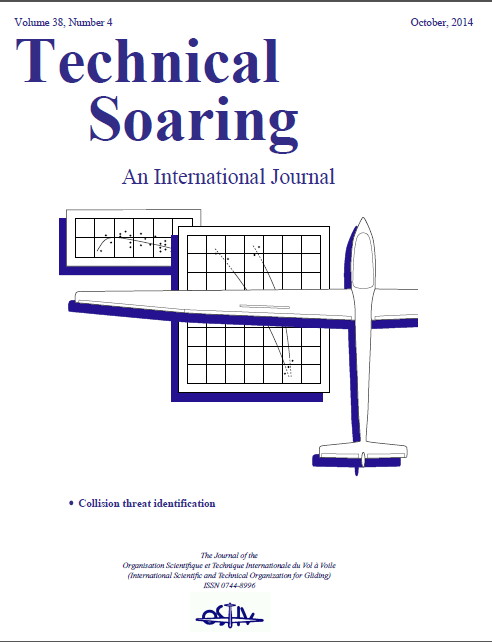FLARM: Collision Threat Identification Influenced by Pilot’s Mental Model of the Cockpit Display
Keywords:
Design, Training and SafetyAbstract
During the last decade, low-cost collision alerting systems have become available to assist glider pilots in their task of seeing and avoiding other traffic. These systems present pilots with traffic information on different displays. Previous work by the authors shows that many glider pilots make systematic errors in interpreting traffic information shown on one such display, the popular FLARM display. This is the case whenever the pitch angle, bank angle or drift angle deviate from zero. In this paper data from the aforementioned research are analyzed using analytical modeling of the pilots’ mental models in order to explain these systematic errors. Results show that the majority of glider pilots rely on a glider-fixed reference system when interpreting the traffic indications on the FLARM display. This is attributed to the available in-cockpit clues on the display. Since the data displayed on the FLARM display are actually derived from a FLARM-specific coordinate system — and is not glider-fixed — it is only natural that many pilots make systematic errors in predicting the position of traffic shown on the display. At the end of the paper possible courses of action to reduce these interpretation errors are discussed.Downloads
Issue
Section
Articles
License
CLEARANCE AND LICENSE TO PUBLISH:
This paper is UNCLASSIFIED (for public reasons) and has been cleared by the appropriate agencies, company and government. This paper represents original work by the author(s). No portion of the material is covered by a prior copyright; or for any portion copyrighted, the author has obtained permission for its use.
I hereby license OSTIV to publish this paper and to use it for all of OSTIV's current and future publications uses.


